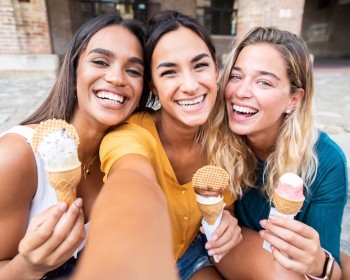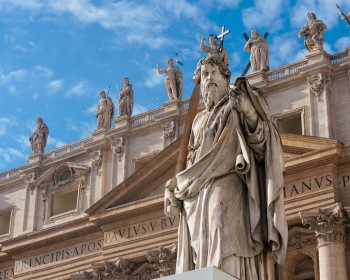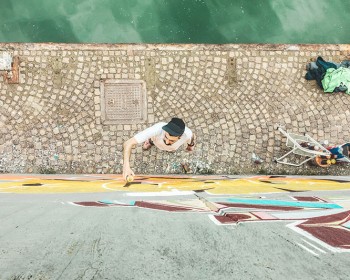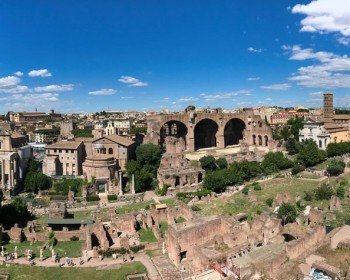Are you searching for unique Day Trips from Rome? Then look no further than Tuscia, the fascinating area located in the North of Lazio Region, nestled between Tuscany and Umbria. This time we are exploring Sutri, a lovely small town among the tuff hills.
Sutri is probably one of the most representative towns in Lazio and thanks to its timeless beauty it won the award as one of the most beautiful places in Italy. As many other sites in the area around, Sutri’s history is ancient. Its foundation is mysterious and it dates back to the Bronze Age. It is located along the Roman road Cassia, that was meant to connect Rome with Tuscany: for this reason it played a crucial role throughout history.
Sutri has been inhabited since ancient times as several archaeological pieces witnessed. However its main growth was during the Etruscan Age and later when it became part of Roman belongings in 383 b.C. In the Middle Ages, Sutri turned out to be a relevant city along Cassia and Francigena road so Kings, Popes and even Emperors stopped there, leaving undeniable marks and legends in local culture.
Check out below and discover all the wonders of Sutri!
What to see in Sutri
The charming Sutri benefits from an uphill position over the tuff: this provides countless chances to admire the breathtaking views over the nature around. Not many know that Sutri is completely surrounded by the local regional Park that covers an area of about 7 hectares.
Here it is possible to explore an ancient Necropolis carved into the tuff: it preserves several burial places with different shapes and on various levels. It dates back to the Roman Age, between the I century b.C. and and II Century a.D.
In the area nearby, there is also a Roman Amphitheatre that dates back to the age between the Republique and the Empire. The Amphitheatre is elliptical and it could host events with up to 7000 people on three levels. Despite its large dimensions, it has been found only during the XIX Century thanks to the excavations ordered by the wealthy local family Savorelli.
One of the best ways to discover Sutri is definitely a pleasant walk in the medieval old town. Here you will be able to admire the beautiful Clock Tower, built by the order of Pope Innocenzo XIII, and Sutri coat of arms, depicted in the sculpture of god Saturn on a horse with spikes in his right hand.
A must see is definitely Palazzo Doebbing, a stunning building in the city center that once was meant to be the Bishop Palace in the Middle Ages and it represented the undeniable bond between the town and the religion.
Today, Palazzo Doebbing has been restored and it is a museum that hosted thousands of exhibitions with art pieces by Giotto, Titian and many more.
Outdoor lovers can’t miss a stop to Villa Savorelli, which takes the same from the same family who ruled Sutri and its surroundings. The Villas was built at the beginning of the XVIII Century with a rectangular plan. The southern part of the Villa is where you will find its lovely garden adorned with boxwood: the hedges are arranged to create a labyrinth in Renaissance style.
Santa Maria Assunta Cathedral is one of the symbol of Sutri. Built in the XII Century, it was formerly decorated in Romanesque style, however it changed almost completely, adopting a Baroque style during the restoration of XVII.












